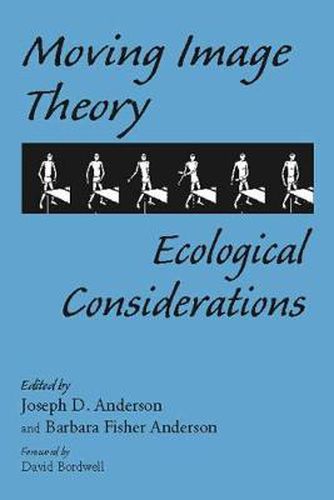Readings Newsletter
Become a Readings Member to make your shopping experience even easier.
Sign in or sign up for free!
You’re not far away from qualifying for FREE standard shipping within Australia
You’ve qualified for FREE standard shipping within Australia
The cart is loading…






Blending unconventional film theory with nontraditional psychology to provide a radically different set of critical methods and propositions about cinema,
Moving Image Theory: Ecological Considerations
looks at film through its communication properties rather than its social or political implications. Drawing on the tenets of James J. Gibson’s ecological theory of visual perception, the fifteen essays and forty-one illustrations gathered here by editors Joseph D. Anderson and Barbara Fisher Anderson offer a new understanding of how moving images are seen and understood. Focusing on a more straightforward perception of the world and cinema in an attempt to move film theory closer to reality,
Moving Image Theory
proposes that we should first understand how cinema communicates information about the representation of the three-dimensional world through properties of image and sound.
$9.00 standard shipping within Australia
FREE standard shipping within Australia for orders over $100.00
Express & International shipping calculated at checkout
Blending unconventional film theory with nontraditional psychology to provide a radically different set of critical methods and propositions about cinema,
Moving Image Theory: Ecological Considerations
looks at film through its communication properties rather than its social or political implications. Drawing on the tenets of James J. Gibson’s ecological theory of visual perception, the fifteen essays and forty-one illustrations gathered here by editors Joseph D. Anderson and Barbara Fisher Anderson offer a new understanding of how moving images are seen and understood. Focusing on a more straightforward perception of the world and cinema in an attempt to move film theory closer to reality,
Moving Image Theory
proposes that we should first understand how cinema communicates information about the representation of the three-dimensional world through properties of image and sound.